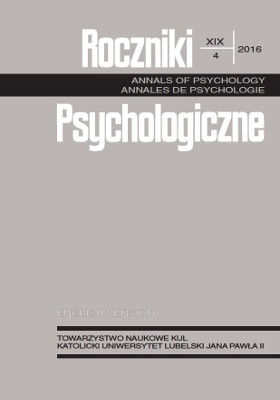Drawing without eyesight. Evidence from congenitally blind learners
Drawing without eyesight. Evidence from congenitally blind learners
Author(s): Magdalena Szubielska, Ewa Niestorowicz, Bogusław MarekSubject(s): Social Sciences, Psychology, Social psychology and group interaction
Published by: Towarzystwo Naukowe KUL & Katolicki Uniwersytet Lubelski Jana Pawła II
Keywords: congenitally blind persons; development of drawing skills; imagery; tactile graphics; transfograph
Summary/Abstract: The paper investigates the formal characteristics of drawings made by congenitally blind children and teenagers as well as the possibility and level of accuracy in the recognition of these drawings by sighted individuals. The study involved children and students aged seven to fifteen years. The formal features predominant in the drawings analyzed were typical for the failed realism stage. As an additional goal of the study, we investigated the usefulness of the transfograph as an educational resource supporting the introduction of tactile graphics to congenitally blind persons. Drawings made by blind subjects before and after training with a transfograph revealed a similar level of difficulty with their identification. However, following a prompt about the subject of each drawing, those made after the training were described by judges as more easily identifiable. In addition, the drawings made after training showed fewer features of failed realism.
Journal: Roczniki Psychologiczne
- Issue Year: 19/2016
- Issue No: 4
- Page Range: 681-700
- Page Count: 20
- Language: English

